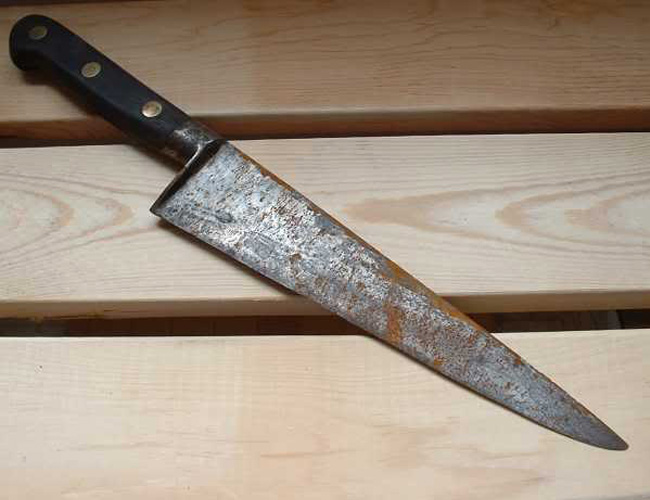
Whether you’ve found a knife in one of your old toolboxes or accidentally left your favorite knife outside in the rain, chances are you have encountered a nasty case of rust.
While some old-school knife users believed a little rust was the mark of good, high-carbon steel, the truth is that rust weakens the blade, ruins its looks, and can even make it unsafe to use.
(See a knife you like from our catalog, just enter the code below for 10% off. No signup required. Thanks for stopping in!)

We originally wrote this post way back in December 2011, but we thought it’d be a good idea to do update it with some better information, videos, and recommendations.
What is Rust?
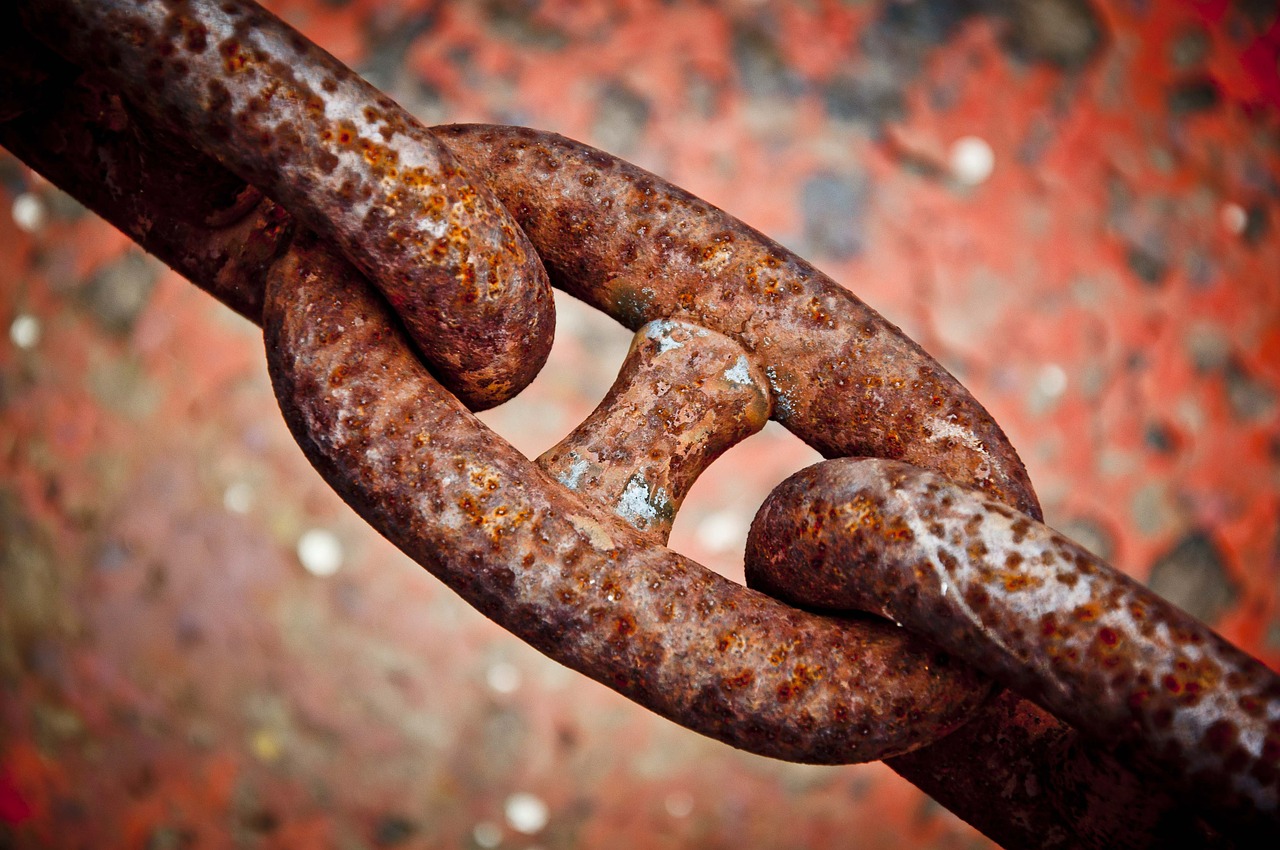
If you’re just here for rust removal tips, feel free to skip ahead — but understanding why your blade rusts can help you prevent it in the future.
Let’s start with the basics: rust is actually iron oxide, the reddish-orange flaky substance that forms when iron reacts with oxygen and moisture. And it doesn’t take direct water contact — even humidity in the air can be enough.
Here’s a more scientific explanation from How Stuff Works:
Iron (or steel) rusting is an example of corrosion — an electrochemical process involving an anode (a piece of metal that readily gives up electrons), an electrolyte (a liquid that helps electrons move) and a cathode (a piece of metal that readily accepts electrons). When a piece of metal corrodes, the electrolyte helps provide oxygen to the anode. As oxygen combines with the metal, electrons are liberated. When they flow through the electrolyte to the cathode, the metal of the anode disappears, swept away by the electrical flow or converted into metal cations in a form such as rust.
Why Do Knives Rust?
Here are the ingredients for rust: iron, water, and air.
For those who don’t know, iron is the secret ingredient of the steel found in your knife blades. So when you mix your knife with air and moisture, you eventually get rust.
“But, wait, my blade is stainless steel,” you might be thinking. Sadly, stainless steel is only stain-resistant, not stain-proof. (As the saying goes, “stainless, not stainfree.”) I’ve explored the myth of stainless steel before, but here’s the quick version: stainless steel must contain at least 10.5% chromium, which helps form a protective layer against corrosion.
Still, that doesn’t make it invincible. As long as it’s steel, it can rust under the right conditions — unless it’s something like ceramic.
There is one possible exception: H1 steel, often used in Spyderco’s Salt Series. H1 has very little carbon and tons of chromium, making it nearly impervious to rust. A few unverified reports have claimed H1 rusted after years at sea, but those cases remain rare and unconfirmed.
How to Remove Rust from Your Knife
You can use these methods individually, together, or repeat them for especially stubborn rust. Once you’ve finished removing the rust, I highly recommend sharpening your blade to restore its edge and ensure it’s safe and ready for use.
Method #1 – Baking Soda to Remove the Rust
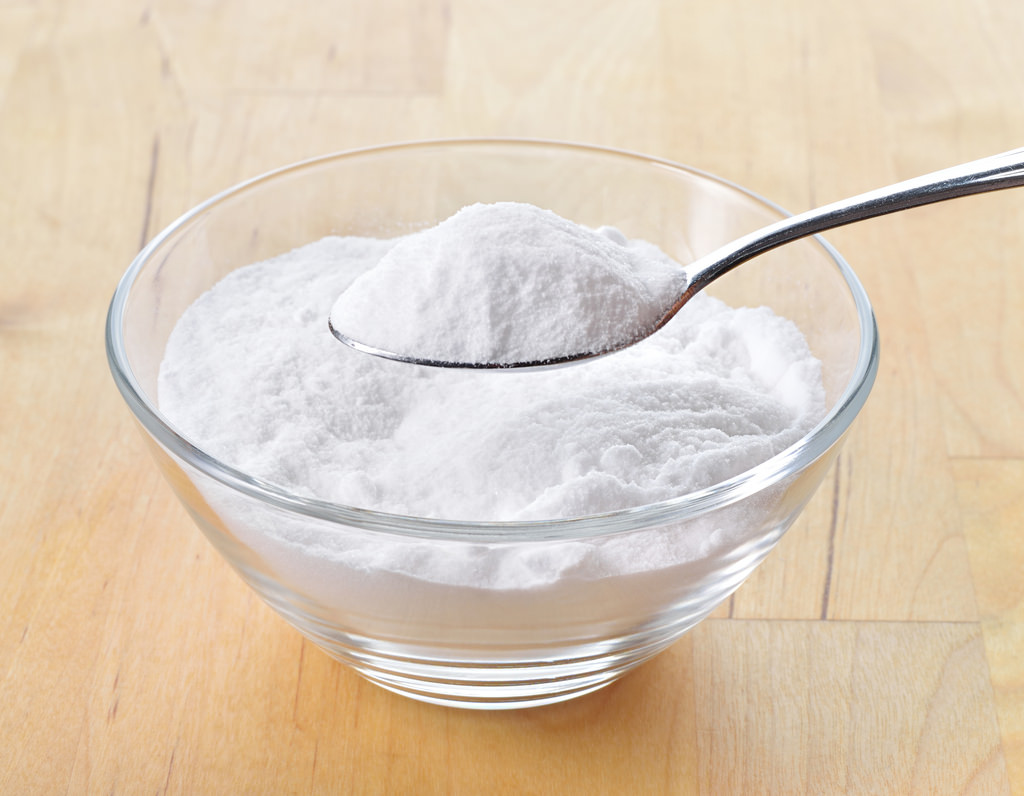
“Close-up Of Baking Soda On Spoon” by Aqua Mechanical is licensed under CC BY 2.0
Materials: Baking soda, water, toothbrush, steel wool (or sponge), cloth
1) Clean Your Knife
Start by thoroughly cleaning the blade to remove any dirt or debris, which can get in the way of rust removal. Avoid using water since moisture likely caused the rust in the first place.
Instead, use a cleaning solution and wipe the blade down with a cloth.
2) Create Baking Soda Paste
Mix a generous amount of baking soda with a bit of water (or lemon juice) in a bowl. Stir until it forms a thick paste.
3) Scrub with toothbrush
Apply the baking soda paste to a toothbrush and liberally spread it over the rusted areas. If the rust isn’t too deep, scrubbing with the toothbrush alone may be enough.
4) Use steel wool or an abrasive sponge
For tougher rust, you’ll need a more abrasive tool. Lightly scrub the blade with steel wool or a mildly abrasive sponge. Be careful not to press too hard to avoid scratching the blade or damaging the finish.
5) Wipe the blade clean
After removing the rust, wipe the blade down with a clean cloth to get rid of any leftover baking soda. For extra protection, apply a light coating of mineral oil to help prevent future rust.
Our old friends at Taylor Brands (we miss you) made a video demonstrating this method if you’re more of a visual learner.
Method #2 – Vinegar Bath for Removing Rust
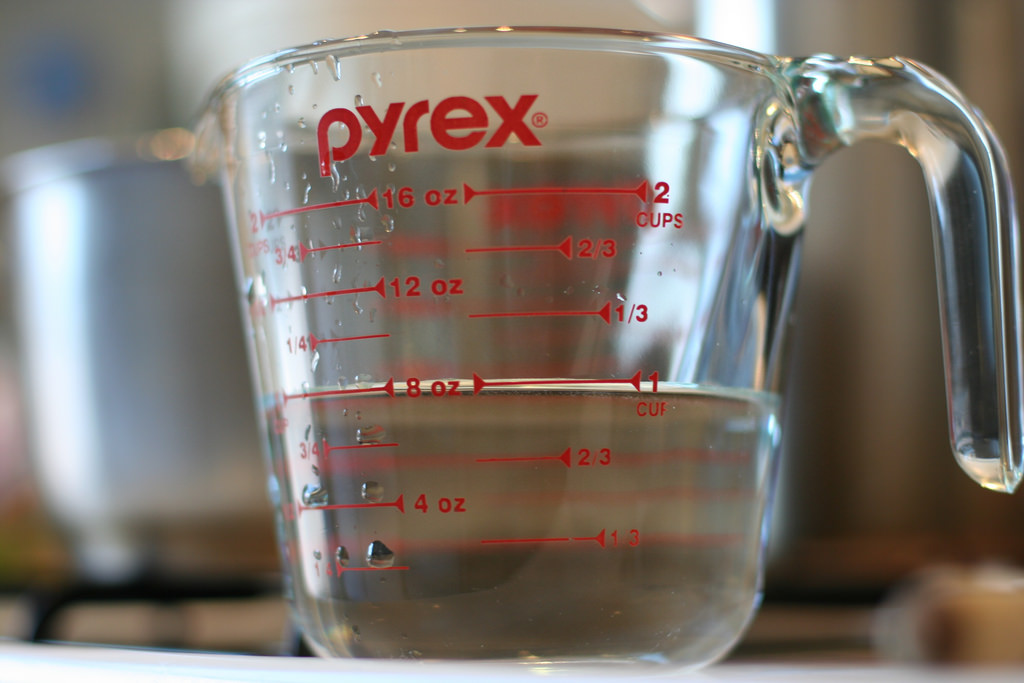
“Vinegar” by Chris Martin is licensed under CC BY 2.0
Materials: Pan or cup, white vinegar, sponge, cloth
1) Pour vinegar into a cup or pan
Use white vinegar, which contains acetic acid that helps break down rust. Avoid other types of vinegar, as they may leave stains on the blade.
2) Soak the rusty knife
Submerge the rusty parts of the knife in the vinegar. If you prefer not to soak the entire blade, soak a paper towel in vinegar and wrap it around the affected area. Let it sit for about five minutes — any longer, and you risk damaging the blade.
3) Wipe down the blade
After soaking, wipe the blade clean with a cloth. If any rust remains, you can follow up with the baking soda method or a rust remover like WD-40. Finish by applying a light coat of mineral oil to protect and condition the blade.
Here’s a cool video showing the power of vinegar on a dive knife
Method #3 – WD-40 As Rust Remover (Best for Larger, Non-Food Prep Knives)
Materials: WD-40, fine sandpaper, cloth
I recommend this method for larger knives like machetes or blades not used for food preparation, as WD-40 can be harmful if ingested. It’s a fast and effective way to remove rust, but do not use WD-40 as a lubricant afterward.
1) Spray WD-40 on the blade
Spray a light coat of WD-40 directly onto the rusty areas of the blade.
2) Gently sand the blade
Using very fine sandpaper (around 400 grit), carefully sand away the rust. Avoid sanding the edge itself, as it can damage the sharpness.
3) Wipe it down
Once the rust is removed, wipe the blade clean with a cloth. For heavier rust, you might want to repeat the process or try one of the previous methods. Again, avoid this method if you intend to use the knife for food preparation.
Natural Knife Rust Removal Methods
When you don’t have the materials around the house to get rust off your knife, there are a few natural methods you can use.
Potato Method
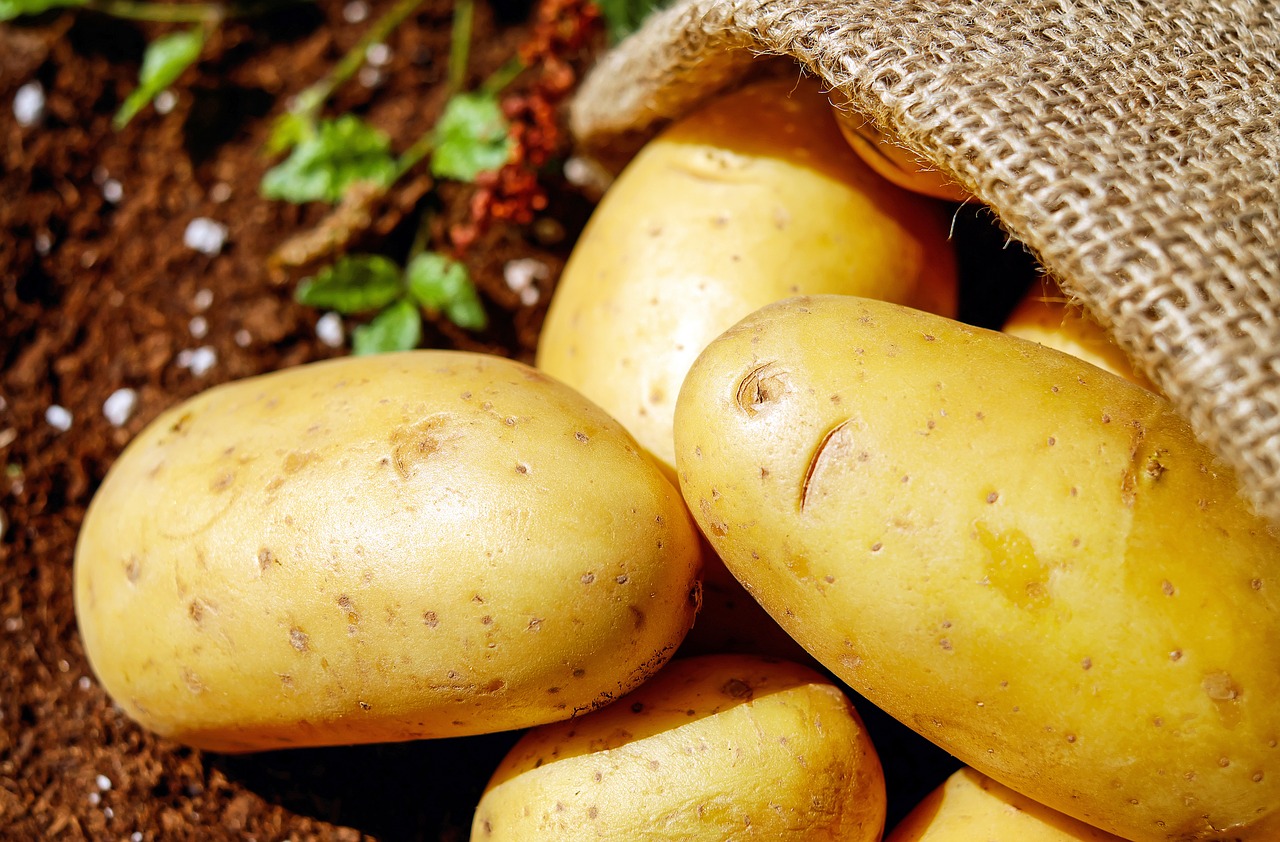
Certain foods can surprisingly help remove rust, and one of the best is the humble potato. Thanks to its natural oxalic acid, a potato can work wonders on a rusty blade.
Simply stick your knife into a potato for a few hours. After removing it, wipe the blade clean and apply a light coat of oil. The rust should come off easily, leaving your blade looking much better.
Onion to Remove Rust from a Knife
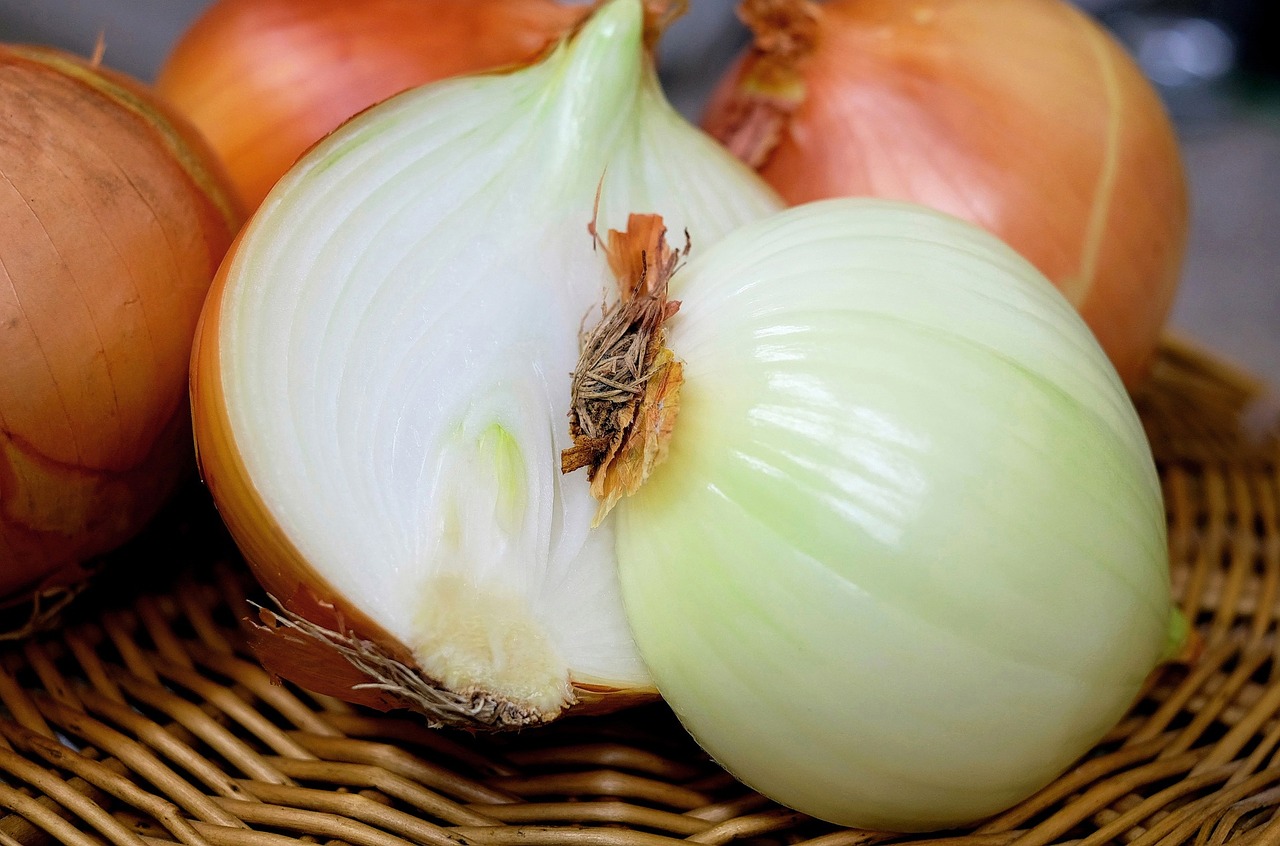
Onions are another natural way to tackle rust. Simply saw the blade back and forth through an onion, and you’ll start to see the rust lift off on its own. The secret lies in the sulphenic acids released by the onion, which help break down the rust and clean the blade naturally.
Dirt Method

Another natural method people often recommend is using soil. Simply plunge your rust-covered knife into rich, moist soil about two dozen times. Afterward, wipe the blade clean. The slight abrasiveness and natural moisture in the soil can help lift away surface rust.
Everyone has their own method, so let us know in the comments what you do.
Grab a New Knife!
If your knife is beyond the amount of work you’re willing to put into it, it’s OK to move on.
We have thousands of knives in stock that you’re welcome to look at. Shop our catalog and buy knives online today.





December 23, 2011 at 11:29 pm
baking soda also works! 😀
December 23, 2011 at 11:39 pm
Tabasco sauce works wonders as well.
August 26, 2015 at 6:59 pm
If it’s really bad, I spray with WD40 and let sit as mentioned. Then scrub with hot water and an SOS pad. Scotch-Brite pad next and finish off with Autosol polish.
July 15, 2017 at 1:06 pm
Will it work like that
September 21, 2017 at 10:20 pm
How Lon should we soak for in rag?
May 1, 2016 at 2:22 pm
Can you use dish soap to wipe is down?
June 29, 2016 at 9:31 am
I used the potato idea. Much to my surprise, it really worked. Even after 20 minutes I noticed a major difference. Thx guys for the science experiment. I was totally amazed.
July 1, 2016 at 3:34 pm
Glad it worked for you. It’s crazy to think how something so simple and mundane can work wonders on a rusty blade.
March 14, 2018 at 5:09 am
It worked for me too, amazing!!!
March 31, 2018 at 1:28 pm
Did you use oil because if you did what type because I want to try the potato method
September 18, 2016 at 4:55 pm
I tried the potato idea, although it did get rid of some of the rust, it left a stain of some kind on my knife that I can’t seem to get rid off..
September 18, 2016 at 7:54 pm
If it’s a carbon steel, you probably just forced a patina. This is actually a way to prevent rust in the future, but if you don’t like it you can polish it out.
October 24, 2016 at 3:19 am
Is that patina black my blade turned that color after I used vinegar smells like old metal don’t wanna cut food anymore cause of it
December 23, 2016 at 10:31 pm
Would any of these tricks work on a X-acto knife
July 22, 2017 at 9:18 am
Yes, most of these will work on an x-acto knife. Although I usually get away just using some 00 steel wool then sharpen it it after.
February 18, 2017 at 2:27 pm
I found one of my dads old knives in a shed and I am letting it sit in a gun oil soaked sock. Hope this works
September 13, 2017 at 10:44 pm
Hmmm… just need to find a potato big enough for my Cold Steel XL Espada lol.
October 19, 2018 at 12:19 pm
Use several of them in a row
November 28, 2017 at 11:01 pm
I only have Balsamic Vinaigre would that not work like the white Vinaiger?
January 23, 2021 at 7:41 am
Colored vinegar might leave a stain. White (clear) vinegar will not.
December 2, 2017 at 4:01 pm
I didn’t know a knife could rust until I found a 35+ yr. old Schrade that I used to keep out in the garage completely rusted out. I sharpened it in that condition, and continue to use it in the garage (of a different home). I call it my “junk knife”. I don’t plan on cleaning it up.
I thought all knives were “stainless”. Not so. You’ve got to be careful: H-1 has a Chromium content of 14.0-16.0 %–it is blown away by a handful of other steels, which have 17%, another handful which have 18%, and yet another handful that have 20% Chromium content. AND, H-1 has an extremely low Carbon content, 0.15%, which means you have to sharpen it all the time.
One more thing-this place says over 11% is stainless. I have seen 12%. 13%. Max, 14%. I’ll go with the max, 14%, just to make sure.
Later, Kenny
January 10, 2018 at 4:24 pm
Method 2, #1–That’s ‘acetic’ acid, not “acidic” acid. All acids are acidic.
January 11, 2018 at 8:52 am
Thanks for the correction. It’s been fixed.
February 21, 2018 at 8:10 am
From my experience depends on the amount of rust and pitting. Evaporust probably the best chemical treatment I’ve tried for mild rust. For deep rust use abrasive sanding pads
March 31, 2018 at 1:25 pm
I haven’t tried any methods but I want to try the potato method. I want to know what type of oil I need to use
January 23, 2021 at 7:47 am
Oil to prevent more rust after the potato try depends on the type of use of the knife. If in the kitchen, only natural organic oils for cooking should be used. Clearer the better–won’t stain. If a utility knife in your tool crib, a light machine oil will do.
November 21, 2021 at 9:45 am
I think kitchen oils will gum up. I use mineral oil.
April 28, 2018 at 8:33 am
Im currently trying the baking soda method on an old old butchers knife my grandfather gave us, its looking better already! It was covered in thick rust and dirt and even just after an hour or so of work on it the rust is almost gone! Im looking into things to sharpen it with and polish it with so its back to its original reflective shine!
June 13, 2018 at 3:30 pm
Is the vinegar method good for a knife that has a black blade? Will it fade the color?
January 23, 2021 at 7:49 am
A “black blade” is not enough information to advise you. Different materials or surface treatment might make almost any blade look “black”.
November 9, 2018 at 7:31 pm
I try the baking soda paste with steel wool
It work amazing with severe rust on a cleaver
December 19, 2018 at 4:38 pm
Would these methods work for an antique Islamic Omani Saudi Dagger? It has a lot of rust on it and I would like to remove it but I don’t want to compromise the integrity of it? Also, one side has engraving on it.
January 18, 2019 at 10:45 am
Thanks. Glad it could help.
February 10, 2020 at 9:25 pm
Agree , So nice to have people use cheap household products that work in a little elbow grease. Very sincere
March 15, 2019 at 5:35 pm
Are any of these methods particularly better or worse for Shun knives?
March 16, 2019 at 9:32 am
These are mostly fine for Shun knives. If you are worried, you can use Flitz — which is what Shun officially recommends. Their FAQ page has more info.
March 31, 2019 at 11:19 am
I have a rusted scout knife with some enamel decoration on the blade. Can you reccomend a safe method to remove rust without affecting the enamel work?
May 21, 2019 at 9:12 am
I would like instruct knife owners on a very important aspect of knife care or rather a preventive method of not inviting rust and corrosion on the surface of the steel blades in the first place. I learned this many years ago from an old gunsmith who also made very high quality knifes for hunters and military men.
He showed me the effects of firearms and knives stored within their respective holsters and sheathes, especially those made of leather. The processing of leather requires the use of various chemicals, especially one known as TANNING ACID. If the item, gun or knife is left stored within the leather encasement, corrosion is sure to follow. So, when not using, never store your weapons within those scabbards of leather. I store all my knives with a coating of RIG grease, then wrapped in waxed paper. I have guns and knives treated with this method for over sixty years , no rust, no pitting, no imperfections of any kind. Give it a try.
May 21, 2019 at 9:20 am
I use a can of soda – pepsi – coke, and aluminum foil works great
February 10, 2020 at 9:32 pm
Sure bc coke Has a molecule similar to bleach what is it? It does happen oily residue
May 21, 2019 at 8:45 pm
I have used Navel Jelly to dissolve rust before, is it OK to use on a knife?
May 22, 2019 at 2:33 pm
If you don’t mind performing some fairly mindless manual labor, you can remove rust and scratches from a blade using steel wool. Get some coarse, medium, and several grades of fine steel wool; turn on the television, and sit in front of it with a towel across your lap. Start with the coarse wool, and progress to as fine as you like – you can get a mirror finish if that’s what you want. I’ve done this to remove scratches made while sharpening; it works very well.
October 10, 2019 at 8:25 pm
I have my dad Scharde USA. Pocket knife 3 blade he has been gone -23 years know the long pointed blade is the only one rusted I think it’s the one he used the most! Can I clean it with Vinegar then oil it or use the baking soda? It’s a keepsake, he always had it in his pocket if you ask to cut something he pulled it out and opened it for you!
February 6, 2020 at 10:08 am
Cheers mate, goodonya.
April 3, 2020 at 2:48 pm
You only need three things to quickly remove rust spots from your knives: white vinegar, a tall cup and a scrub sponge.
July 7, 2020 at 8:25 pm
Found a “no name” brand fixed blade knife earlier in last years fishing season by the river that was heavily rusted. I brought it home and tried the potato method, baking soda method, and vinegar method all with no success. I wound up using a nylon bristled brush on my drill tool on low speed to remove the rust (the other methods may have loosened the rust up, not sure) before I sharpened it. it is now very sharp, both figuratively & literately.
October 18, 2020 at 8:09 am
These are some excellent tips for removing rust. The methods of using vegetables or fruits to clean rust off of knife blades is very interesting. I haven’t heard of that before.
January 13, 2021 at 11:14 pm
Does anyone know what this black stuff on my knife that made these little holes in my blade might be
July 20, 2021 at 12:20 pm
I have not tried the potato trick, but I have used white vinegar and apple cider vinegar to remove rust on knives and tools. Sometimes the vinegar leaves a sort of whitish stain or finish, but I have soaked items for as long as a week. I’d suggest to people to try the least caustic or finish altering methods first.
Washing, oiling and wiping would be first. Then a dish scrubbing sponge or a scouring pad, SOS pad, along with, oil, vinegar or baking soda. One can also try toothpaste or Flitz and an old toothbrush.
Polishing by hand (sandpaper or sponges) will require a little effort and take a while unless you use power tools, but it’s cheap and once you have the blade looking nice it’s a very satisfying feeling.
Of course if you power tools like a Dremel or such it’ll be faster.
December 21, 2021 at 4:30 pm
Be cautious about leaving a knife in a pan of vinegar. I did that with a totally rusted up slip joint pocket knife, after 2 days it had eaten away not only rust but a good bit of the steel. Springs and blades both. But didn’t seem to affect the scales which I think are none.
May 30, 2022 at 8:38 am
Thank you for providing complete information. You mentioned that it’s best to resharpen the knife after removing the rust. Do you have any tips on how to do it at home?
August 19, 2022 at 1:41 am
Thank you for this informative article! I love how the methods can be easily done at home. I like how you included a video as well. Is there a type of knife that doesn’t rust?
February 23, 2023 at 11:11 pm
how about using a laser cleaning machine?
July 12, 2024 at 6:32 am
If you’re storing any kind of steel long term, cosmoline grease is amazing at preventing rust. All you need is a very thin layer. But for my EDC, I use Hoppe’s 9 Elite gun oil. Or CLP. Light coat and let ’em dry and the oil forms a very effective and fairly long lasting protective coating. As for rust removal, if the rust is deeper than just surface rust and you don’t want to put in the labor, a decent chelation agent like Evapo-Rust is highly effective if not super budget friendly. It takes almost zero work and I’ve never had it damage and kind of finish or handle/scale material at all. Got rid of the iron oxide only.